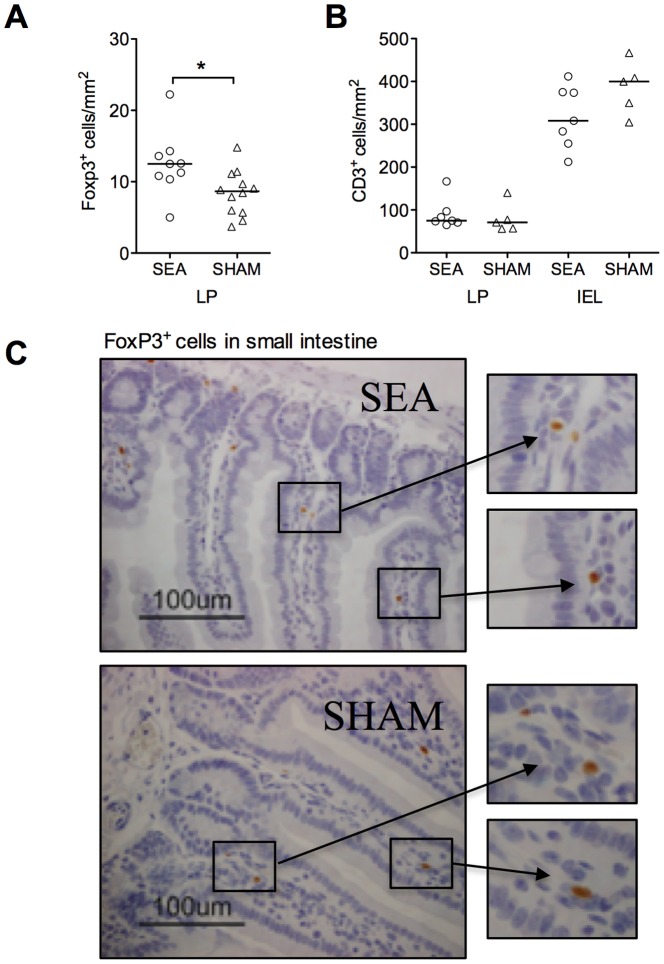Figure 6. Neonatal SEA-treatment leads to an accumulation of FoxP3+ cells in the gut of mice at adult age.
Mice (n = 6 in each group) were fed staphylococcal enterotoxin A (SEA) or PBS (SHAM) perorally on six occasions during the first two weeks of life. At four weeks after treatment, pieces of the small intestine were collected, formalin-fixed, paraffin-embedded and stained for FoxP3 or CD3 by immunohistochemistry. (A) Number of FoxP3+ cells/mm2. (B) Number of CD3+ T cells/mm2 in the LP and between epithelial cells, representing intraepithelial lymphocytes (IEL). (C) Representative histological sections of small intestine stained with FoxP3, scale bar = 100 µm. Data shown are representative of two independent experiments. Each symbol represents one animal and horizontal line shows median value of the group. *P<0.05, analyzed with Mann-Whitney U-test.

